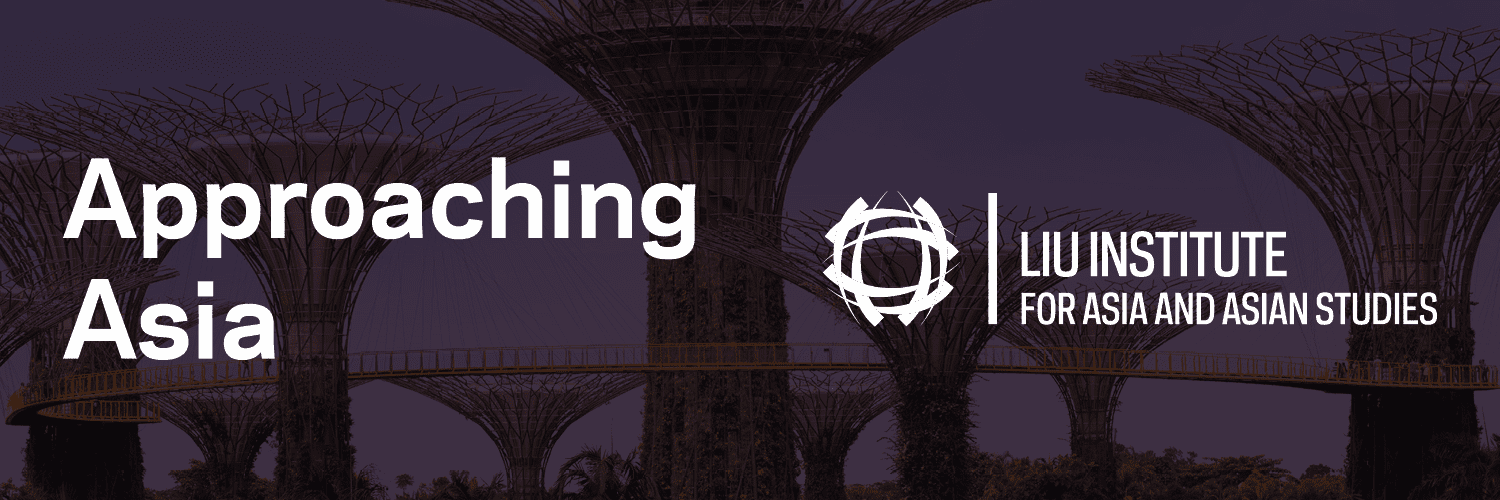Caste Systems in India: Its Effects and Limitation on Economic Mobility and Affirmative Action

Over the past decade, India has become the fastest growing economy in the world, averaging around 5.5 percent gross domestic product growth a year (“India’s Economic Boom”). Currently, India is the fifth largest economy in the world, but according to a research report by Morgan Stanley, it is on track to become the world’s third largest economy, surpassing both Japan and Germany, by 2025. This proliferation of growth has been primarily driven by private consumption and foreign investments along with growing stability in agriculture, industry, and the service sectors. Despite India’s resounding growth story, its economic expansion is one sided due to its inability to distribute wealth equally.
Read the Research
Meet the Student: Ivan Ruan

Ivan Ruan is a junior studying Finance and Chinese from Honolulu, Hawaii. He took Approaching Asia because he is interested in the contemporary issues plaguing Asia today, particularly about social stratification in India, which is the research topic he wrote about.
